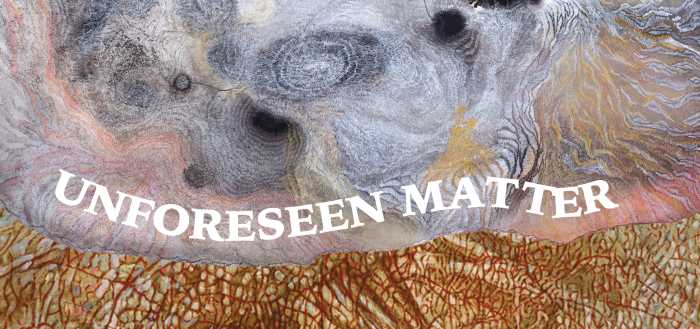CHICAGO (Reuters) – Illinois’ overall financial condition deteriorated last fiscal year, the state auditor reported on Wednesday, underscoring the deep budget gap the state has yet to fill. Liabilities outweighed assets by $49.2 billion in the year ended June 30, compared with negative net assets of $47.9 billion at the end of fiscal 2013.
This left Illinois in the worst shape of the 43 U.S. states that had filed fiscal 2014 audits. The only other state with negative assets was Massachusetts at $29 billion. Texas reported the biggest positive net assets at $119.4 billion. Illinois had $45.1 billion of net assets, including revenue, land, buildings, investments and cash on hand, versus $94.3 billion in liabilities such as expenses, debt and pensions.
The state marked its thirteenth consecutive year with a general fund deficit, which decreased for a second straight year to $6.7 billion in fiscal 2014 from $7.3 billion in fiscal 2013, the audit showed. At the end of fiscal 2014, Illinois only had $275.7 million in its budget stabilization fund, an insufficient amount to address cash management needs, state Comptroller Leslie Geissler Munger reported in the audit. Illinois has the lowest credit ratings of all 50 states due to its chronic structural deficit and worst-funded pension system.
The current budget has a $1.6 billion hole that, if left unaddressed, would cut off funding for prison guards, state-funded child care and other services before June 30.
New Republican Governor Bruce Rauner last month proposed a $32 billion general funds budget for fiscal 2016 that chops $6.6 billion in spending. One-third of the savings would from a new plan to shift government workers into pension plans with reduced benefits. Labor unions and others are challenging pension cuts mandated in a 2013 state law, with the Illinois Supreme Court’s ruling on the measure’s constitutionality expected this spring.
Illinois will begin implementing new Governmental Accounting Standards Board reporting methods for pensions in its next audit covering fiscal 2015. Using those methods, New Jersey’s pension funding was shown to be in worse shape than previously reported. (Reporting by Karen Pierog; Editing by Lisa Von Ahn)






























